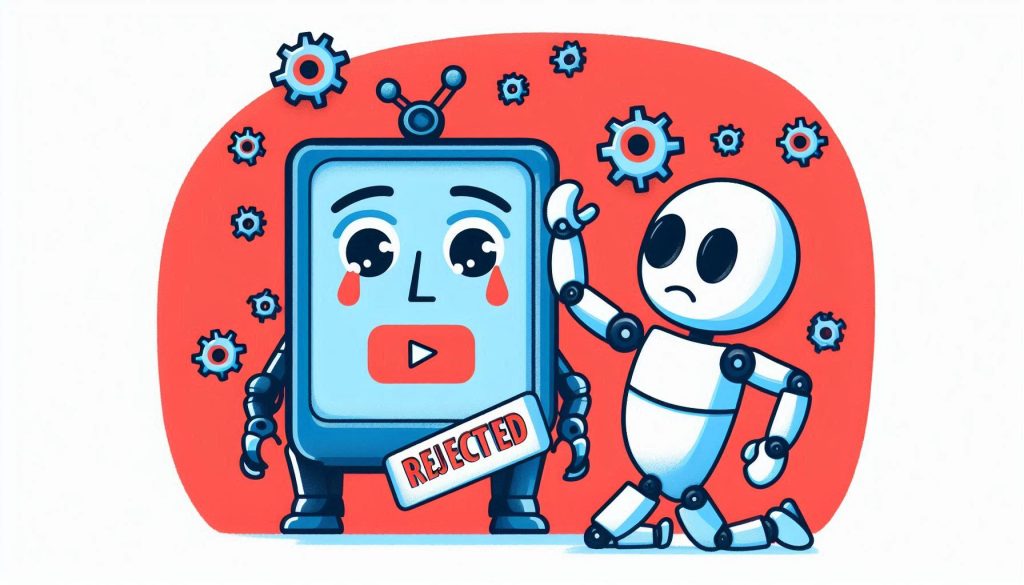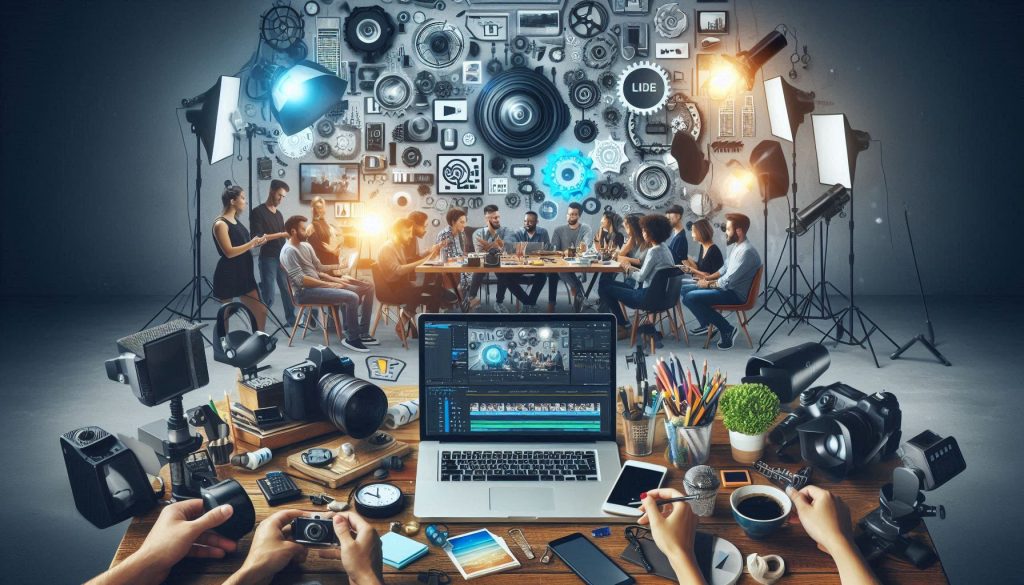YouTube monetization updates 2025 shook the creator world on July 15. New rules have arrived! The targets are inauthentic videos filled with AI voices or copied work.
Only the creators with a real human voice and original work will be able to sustain and earn.
Originality now sits at the core of monetization. This is the new wave that empowers human creativity over machine-based stagnancy.
What is YouTube’s New Monetization Rule?
The July 2025 update explained
On July 15, 2025, YouTube rolled out updated Partner Program (YPP) policies. The goal is to curb mass‑produced, repetitious videos seen as low value. YouTube clarified that “original” and “authentic” content have always been a requirement. Now, the platform will better identify inauthentic, AI‑heavy uploads.
YouTube previews enforcement via a support post. It warns channels that use automation to churn near‑duplicate videos. Creators get weeks of lead time to adapt. More such YouTube monetization updates 2025 can be rolled out in the future to reinforce human creativity.
Real voice & original content requirements
Under the new rules, genuine narration matters. AI‑generated speech alone no longer cuts it. You must use your voice or attributed talent. Visuals, too, must reflect human creativity. Simple slide decks or generic stock footage no longer qualify.
The YouTube monetization updates 2025 state that adding human insight or narrative transforms AI‑assisted content into something valuable.
Content types that may get demonetized
Several formats now stand at risk:
- Text‑to‑speech tutorials with no personal spin.
- Faceless top‑10 lists voiced entirely by bots.
- Auto‑generated slideshows with minimal edits.
- Channels reposting public domain clips without fresh context.
If you rely on templated or robotic productions, take heed. Inaction may cost you ad revenue and YPP status.
Why AI Videos May Get Rejected
Reused or low‑effort AI content issues
When stock footage loops pointlessly, viewers notice. YouTube flags content that reuses third‑party clips with only surface tweaks. Without substantial transformation, such videos fall under “inauthentic”
Creators chasing easy monetization with recycled assets face steep odds. The policy aims to reward channels that truly teach, entertain, or inform.
Risks of text‑to‑video AI tools
Text‑to‑video platforms promise rapid production. But mass output rarely equals mass value. Heavy use of these tools, without personal narration or creative edits, breaches the spirit of the update.
These systems often lack nuance. They fail to build a genuine rapport with your audience. Under the new guidelines, rapport matters.
Examples of rejected content
Picture this: a channel uploads daily countdowns. Each clip is a stock image. A robotic voice lists facts. The viewer gains nothing unique. YouTube sees low effort. Monetization is cut.
Or consider reaction mashups. Clips stitched together around AI commentary. No insights. No original angles. Such videos now face demonetization under the updated YPP criteria.
How Creators Can Adapt to New Rules
Use real voice-overs
Is AI voice over against YouTube monetization policy? YES. What now?
Step one: Speak for yourself. Your voice carries authenticity. It signals effort. Listeners connect with the person behind the mic. Even a casual tone outperforms perfect synthetic speech.
Record in short bursts. Keep edits simple. Embrace imperfections. They humanize.
Combine AI with human narration
Surely, the new YouTube AI generated content policy has ruled out AI intervention in the uploaded content, but you can still use AI (passively). Yes!
Use it to draft scripts or generate ideas. Then, layer your voice. Add commentary. Share anecdotes. Offer fresh takes that no AI can replicate.
Approach AI as a co‑pilot, not an autopilot.
Hire freelance voice artists
If you prefer not to use your voice, bring in professionals. Platforms like Fiverr or Voices.com host talented narrators. Pick someone whose tone fits your brand.
Ensure you transparently credit them. Show your audience real people crafting each video.
Alternatives to Low‑Effort AI Content
Repurposing content the right way
According to the YouTube AI content disclosure policy, reusing clips isn’t forbidden. But you must remix responsibly. Offer new context. Change pacing. Add on‑screen annotations or graphics that guide the viewer’s understanding.
Imagine transforming a year‑old lecture into a pop‑culture‑referencing deep dive. That shift in angle adds novelty. It raises the bar.
Adding unique commentary or value
Your perspective is your superpower. Share stories from your journey. Analyze trends with local insights. Debate controversies. These elements inject freshness that bots can’t duplicate.
When testing new topics, survey your community. Ask for their pain points. Then build videos around those needs.
Focus on niche expertise
Broad AI‑generated lists oversaturate YouTube. Instead, double down on what you know best. Gardening tips for urban balconies. Deep dives on vintage car restoration. Niche audiences welcome depth over breadth.
By owning a micro‑niche, you stand out. Viewers seek experts. YouTube rewards original expertise.
Conclusion: Stay Ahead of the Policy
Keep up with policy changes
YouTube’s guidelines won’t stay static. Regularly visit the Creator Blog and official help pages to see any updates on policies similar to the YouTube AI generated content policy.
Bookmark the YPP policy. When subtle shifts occur, you want neither surprise nor panic.
Embrace the new YouTube AI content disclosure policy. Let it fuel fresh content ideas and empower human creators over robots.
Use legit growth tools like Flintzy
For audience growth, rely on ethical platforms. Consider the YouTube Video Promotion Platform for targeted outreach. Avoid spammy tactics that promise quick fixes. Real engagement beats hollow numbers.
For research, refer to Credible Resources for YouTube Content. Ground your scripts in facts. Cite sources. Build trust.
And if you need help refining narrations, check out Tips to Improve Your Voiceover. A polished delivery amplifies authenticity.
Tips for sustainable channel growth
- Stay consistent. Post on a schedule your audience can trust.
- Build a community. Reply to comments. Host live Q&As. Make viewers feel heard.
- Experiment smartly. Test new formats in your niche. Track which styles resonate, then iterate.
One of the Reddit users during the ongoing discussion mentions: “YouTube is only cracking down repetitive, low effort and spammy content whether its Ai or not. If you utilize Ai well and add personal effort like editing, your own voice over, then you’re good. Just make sure the content is unique and not a repetition of what everyone is doing.” – r/Think-Chair-5369
Monetization is no longer a by‑product of quantity. It flows from quality. Real creativity. Genuine connection. Human effort. Adapt now, and you’ll lead on YouTube’s next frontier.



